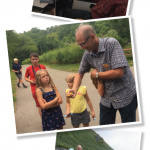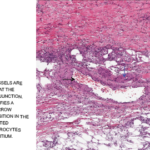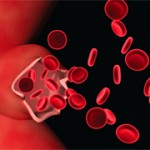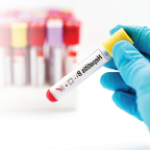Today’s rheumatologists deal with many diseases that are obscure or difficult to diagnose and recognize. Importantly, Kussmaul paired his willingness to use new scientific technology with a sharp clinical acumen. Such a pairing is critical for rheumatologists, who must often utilize subtle clinical signs and symptoms along with sophisticated testing to formulate diagnoses and treatment plans.
Although it has been over 150 years since its initial publication, Kussmaul and Meier’s description still provides a powerful example of how to combine these two essential approaches.
ad goes here:advert-1
ADVERTISEMENT
SCROLL TO CONTINUE
Ruth Jessen Hickman, MD, is a graduate of the Indiana University School of Medicine. She is a freelance medical and science writer living in Bloomington, Ind.
References
- Kussmaul A, Maier R. Ueber eine bisher nicht beschriebene eigenthümliche Arterienerkrankung (Periarteritis nodosa), die mit Morbus Brightii und rapid fortschreitender allgemeiner Muskellähmung einhergeht. Deutsche Arch klin Med. 1866:1;484–518.
- Matteson EL. Historical perspective of vasculitis: Polyarteritis nodosa and microscopic polyangiitis. Curr Rheumatol Rep. 2002 Feb;4(1):67–74.
- Kussmaul A, Maier R. Aneurysma verminosum hominis: Vorläufige Nachricht. Deutsches Arch klin Med. 1866;1:125–126.
- Stone JH. Polyarteritis nodosa. JAMA. 2002 Oct 2;288(13):1632–1639.
- Matteson EL. Classical descriptions of vasculitis—what do they teach us in the 21st century? Rev Series Rheumatol. 2003;1:4–9.
- Zeek PM. Periarteritis nodosa: A critical review. Am J Clin Pathol. 1952 Aug;22(8):777–790.
- Jennette JC. Overview of the 2012 Revised International Chapel Hill Consensus Conference Nomenclature of Vasculitides. Clin Exp Nephrol. 2013 Oct;17(5):603–606.
- Hernández-Rodríguez J, Alba MA, Prieto-González S, et al. Diagnosis and classification of polyarteritis nodosa. J Autoimmun. 2014 Feb–Mar;48–49:84–89.



